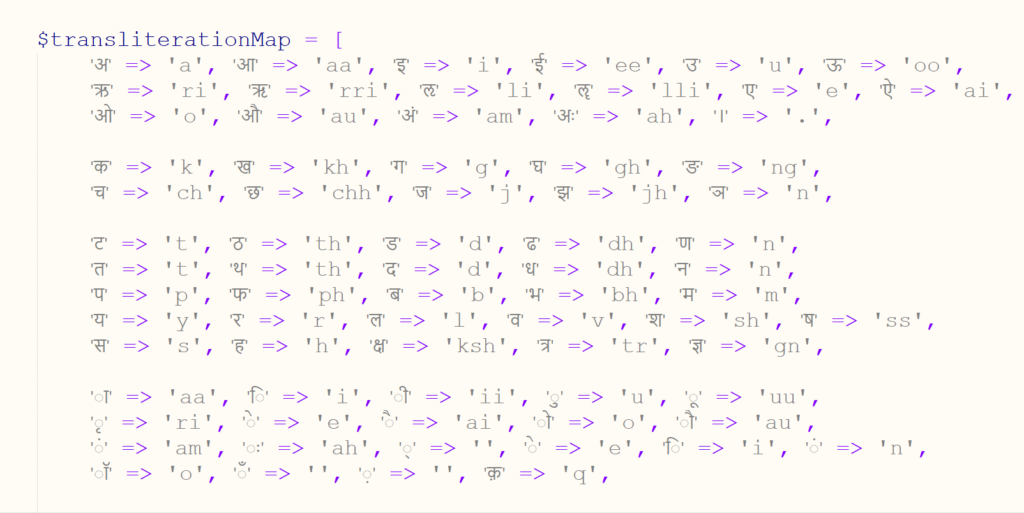Hindi to English Transliteration: Bridging Language Gaps
In our increasingly interconnected world, the ability to communicate across language barriers has become more important than ever. One powerful tool in this linguistic landscape is transliteration, particularly Hindi to English transliteration. This blog post will explore what transliteration is, why it’s important, and how you can use it effectively.
What is Transliteration?
Transliteration is the process of converting text from one script to another, preserving the original pronunciation as closely as possible. Unlike translation, which changes the language itself, transliteration simply changes the script while keeping the sounds the same.

For example, the Hindi word “नमस्ते” (hello) would be transliterated to English as “namaste”.
Why is Hindi to English Transliteration Important?
- Global Communication: It allows Hindi speakers to write in a script that’s widely recognized internationally.
- Digital Accessibility: Many digital platforms and devices are primarily designed for English script, making Hindi to English transliteration crucial for online communication.
- Learning Aid: It helps non-Hindi speakers learn to pronounce Hindi words correctly.
- SEO Benefits: Transliterated content can improve search engine visibility for businesses targeting both Hindi and English-speaking audiences.
How Does Hindi to English Transliteration Work?
Hindi to English transliteration follows a set of rules that map Hindi characters to their closest English equivalents. Here’s a simplified example:
- अ = a
- आ = aa
- इ = i
- ई = ee

However, accurate transliteration can be complex due to the nuances of Hindi pronunciation and the limitations of the English alphabet in representing certain sounds.
Benefits of Using a Hindi to English Transliteration Tool
While manual transliteration is possible, using a dedicated tool offers several advantages:
- Speed: Automated tools can transliterate large amounts of text quickly.
- Accuracy: Good tools are programmed with comprehensive rules to handle complex cases.
- Consistency: Tools ensure uniform transliteration across your content.
- Convenience: No need to memorize all the transliteration rules.
Introducing Our Hindi to English Transliteration Tool
If you’re looking for a reliable Hindi to English transliteration solution, we’ve got you covered. Our tool at WP Smart Solutions offers a user-friendly interface and accurate results.

With our tool, you can:
- Transliterate Hindi text to English script quickly and accurately
- Handle large volumes of text
- Ensure consistency in your transliterated content
Best Practices for Hindi to English Transliteration
- Understand Your Audience: Consider who will be reading the transliterated text and adjust accordingly.
- Maintain Consistency: Stick to one system of transliteration throughout your content.
- Provide Context: When necessary, include the original Hindi script alongside the transliteration.
- Use Tools Wisely: While tools like our transliteration solution are incredibly helpful, always review the output for any context-specific adjustments.
Conclusion
Hindi to English transliteration is a valuable skill in our globalized world. Whether you’re a content creator, a language learner, or a business targeting diverse audiences, mastering transliteration can open up new avenues of communication and understanding.
Remember, while tools like our Hindi to English Transliteration solution can make the process much easier, the key to effective transliteration lies in understanding its principles and applying them thoughtfully.
Start exploring the world of Hindi to English transliteration today, and bridge the gap between languages!

